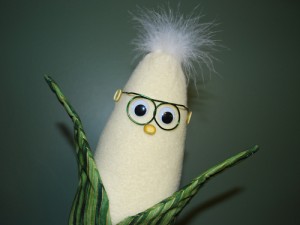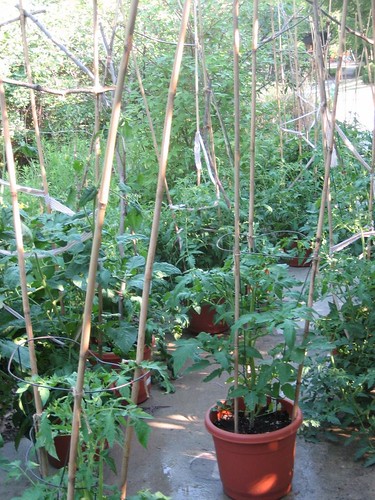In the first two days of November jamesandthegiantcorn.com has logged more traffic than in all of August. We’ve set new views-per-week records in five of the past six weeks. I’d like to think I’d write just as much if no one read, but in all honestly, that climbing views statistic has been vital motivation more than once. It also been especially awesome to see that we’re starting to get some real discussions going in the comment sections. Thank you!
I’m going to be buckling down the next few days to wrap up an NSF fellowship application due Friday, but I’m going to keep up the pace of at least one science or technology based post per day (this doesn’t count). I’ve even developed a small Strategic Post Reserve though hopefully I won’t have to dip into it. (As I wrote this, my PI swung by to remind me my NSF research proposal isn’t the hill I should want die on.)
While I’ve got your attention, let me wish a belated happy birthday to Biofortified. Their site has been live for a year now, and as I said to them, my only compaint is that I wish they wrote even MORE. Biofortified also finished ahead by a huge margin in the Asoka Changemakers contest, so unless someone leans pretty hard on the numbers, Frank is going to be meeting with Michael Pollan!
Alright, cya later folks. My sciencing awaits.

